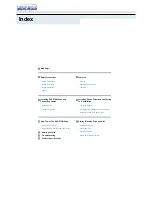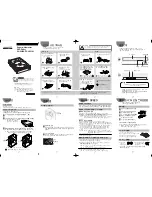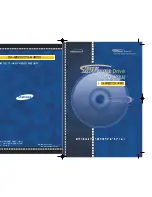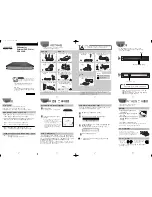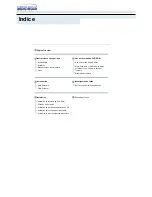
14-10 Mains Failure
Option:
Function:
parameter 3-81 Quick Stop Ramp Time
. This
selection is particularly useful in pump
applications, where the inertia is low and the
friction is high. When mains is restored, the
output frequency ramps the motor up to the
reference speed (if the mains interruption is
prolonged, the controlled ramp-down might take
the output frequency down to 0 RPM, and when
the mains is restored, the application is ramped
up from 0 RPM to the previous reference speed
via the normal ramp up). If the energy in the DC-
link disappears before the motor is ramped to
zero, the motor is coasted.
[2] Ctrl.
ramp-
down,
trip
This selection is similar to selection [1], except
that in [2] a reset is necessary for starting up after
power-up.
[3] Coasting Centrifuges can run for an hour without power
supply. In those situations, it is possible to select a
coast function at mains interruption, together with
a flying start which occurs when the mains is
restored.
[4] Kinetic
back-up
Kinetic back-up ensures that the frequency
converter keeps running as long as there is energy
in the system due to the inertia from motor and
load. This is done by converting the mechanical
energy to the DC-link and thereby maintaining
control of the frequency converter and motor. This
can extend the controlled operation, depending
on the inertia in the system. For fans, it is typically
several seconds, for pumps up to 2 seconds and
for compressors only for a fraction of a second.
Many industry applications can extend controlled
operation for many seconds, which is often
enough time for the mains to return.
130BC918.10
U
14-11*1.35
Ref
n [RPM]
t [S]
A B C D E
A
DC
U
DC
[V]
t [S]
A Normal operation
B Mains failure
C Kinetic back-up
D Mains return
E Normal Operation: ramping
Illustration 4.26 Kinetick Back-up
14-10 Mains Failure
Option:
Function:
The DC-level during
[4] Kinetic back-up
is
parameter 14-11 Mains Voltage at Mains Fault
*
1.35.
If the mains do not return, U
DC
is maintained as
long as possible by ramping the speed down
towards 0 RPM. Finally, the frequency converter
coasts.
If mains return while in kinetic back-up, U
DC
increases above
parameter 14-11 Mains Voltage at
*1.35. This is detected in one of the
following ways.
•
If U
DC
>
parameter 14-11 Mains Voltage at
*1.35*1.05
•
If the speed is above the reference. This
is relevant if mains comes back at a
lower level than before, for example,
parameter 14-11 Mains Voltage at Mains
Fault
*1.35*1.02. This does not fulfil the
criterion above and the frequency
converter tries to reduce U
DC
to
parameter 14-11 Mains Voltage at Mains
Fault
*1.35 by increasing the speed. This
does not succeed as mains cannot be
lowered.
•
If running motoric. The same mechanism
as in the previous point, but where the
inertia prevents that the speed goes
above the reference speed. This leads to
the motor running motoric until the
speed is above the reference speed and
the above situation occurs. Instead of
waiting for that, the present criterion is
introduced.
[5] Kinetic
back-up,
trip
The difference between kinetic back-up with and
without trip is that the latter always ramps down
to 0 RPM and trips, regardless of whether mains
return or not.
The function is made so that it does not even
detect if mains return, this is the reason for the
relatively high level on the DC-link during ramp
down.
Parameter Descriptions
Programming Guide
MG06C602
Danfoss A/S © 7/2015 All rights reserved.
95
4
4































